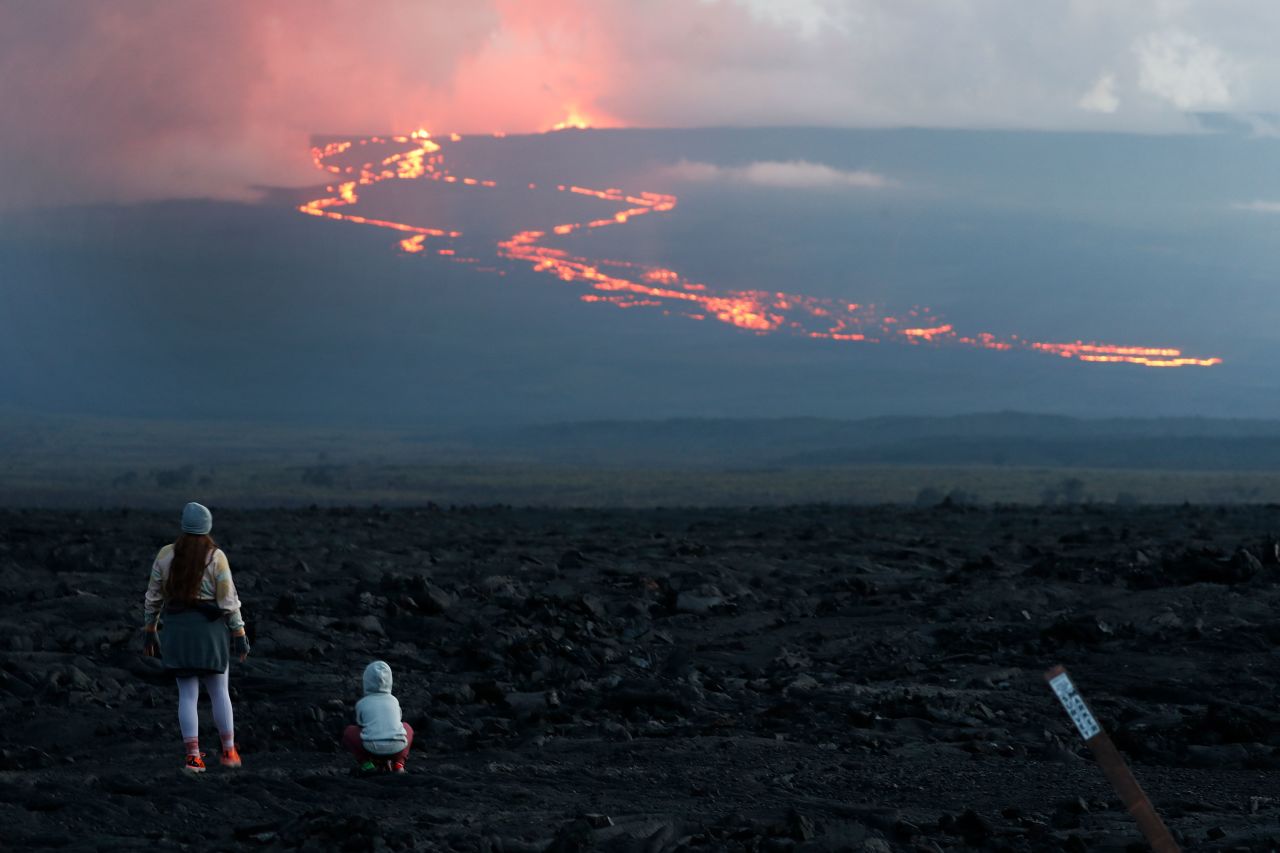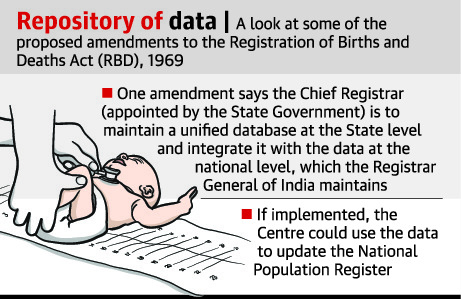The National Health Services (NHS) in the UK has announced that menopausal women on their staff will be able to work from home if their symptoms necessitate it, which is about finding a middle ground at work.
In order to help middle-aged women “thrive” at work, NHS CEO Amanda Pritchard urged that other businesses should follow suit and those who are “silently suffering” should not be expected to “grin and bear it.”
Background
- The situation that is starting the discussion: If nothing more, this action has at least sparked discussion on a topic that has hitherto been taboo in the workplace and used as an excuse to keep women from succeeding.
- Erroneous belief that women may not be as productive workers: The end of a woman’s reproductive cycle, however, is perceived as her losing strength, drive, desire, endurance, enthusiasm, and capability, or, to put it another way, a cliff-jumping loss of her value in knowledge and experience, much like the end of pregnancy.
- However, concerns regarding her comfort were never raised but rather on her value: A woman employee who surpasses the age threshold must once again establish her value. Is she as competent, is she able to think creatively, and can she work long hours? Never ask yourself, “Is she comfortable?” Sadly, her body of work is insignificant.
- Women are forced to put themselves last because of constant pressure to prove their worth: And despite their painful episodes of endometriosis, heavy periods, hot flashes, insomnia, fatigue, anxiety, hypertension, and palpitations, even self-assured women are compelled to overwork themselves in order to maintain their relevance by this constant pressure to live up to expectations. All of these are quite crippling, but with a little breathing room, they are all doable.
Menopause
A woman enters menopause 12 months after her last menstruation.
Although the term “menopause” is often used to describe the menopausal transition, genuine menopause doesn’t occur until a year after a woman has had her last menstruation.
Menopausal transition
- Menopausal transition or perimenopause refers to the years preceding that time when women may experience changes in their monthly cycles, hot flashes, or other symptoms.
- Most frequently, the menopausal transition starts between ages 45 and 55.
- It typically lasts seven years, although it can last up to fourteen years.
- The length of time can vary depending on lifestyle factors including smoking, the age at which it starts, and race and ethnicity.
- The body’s production of the ovaries’ two hormones, progesterone and oestrogen, varies significantly throughout perimenopause.
- Numerous body parts of a woman require oestrogen. One may experience a variety of symptoms as oestrogen levels drop. Mild symptoms are common in women and can be managed with a change in lifestyle. Some ladies don’t even need to be treated.
Signs and symptoms of menopause
- Your cycle may have changed, and women’s periods may no longer be regular. They could last less time or more time. There could be more or less bleeding than normal.
- Hot flashes are common in women and can last for several years after menopause. They might be connected with fluctuating oestrogen levels. A hot flash is an abrupt sensation of heat in the upper torso or throughout.
- Disturbed Sleep: Some women had difficulty falling asleep and staying asleep around midlife.
- Sexuality and vaginal health: Following menopause, the vagina may become drier, which may make engaging in sexual activity uncomfortable. Women could notice that their attitudes on sex are evolving.
- Mood changes: Women going through menopause may become moodier or angrier. Scientists are baffled as to why this occurs. These mood swings may be brought on by stress, family changes like ageing parents or expanding children, a history of depression, or simply being exhausted.
- The body may modify the way it uses energy, fat cells may shift, and women may find it easier to put on weight. Women may have stiffness and pain in their muscles and joints, as well as memory issues.
Effects of menopause on women health?
- Serious and unanticipated physiological obstacles: As levels of the hormone oestrogen fall, their chance of developing heart disease is increased more than that of males. Even the total cholesterol levels are higher in women than in men.
- Strangely, even menopausal women do not seem to be concerned about their life risks because they fall victim to vanity and focus more on problems with their body image, sexuality, and self-esteem. Some people quickly turn to menopausal hormone therapy (MHT), which is not quite an anti-aging panacea and frequently causes fatal adverse effects like breast and uterine cancer. However, if women were to be less anxious about exhausting their bodies to make a point, these raised risk factors may be decreased.
Conversation over menopause
- In India, though, menopause is a far cry, frequently pent up in whispered chats among women in the office restroom. In India, parenting is considered as a huge career barrier for women.
- UK Parliament took a forward move by commissioning a study that revealed one in three women missed work because of menopause.
- Italy and Australia are in discussion of including menopause into ethical standards for the workplace.
- EU Parliament: The EU Parliament recently released a statement in which it stated that the failure to address menopause as a workplace issue is increasingly resulting in inadequate protection for female workers and the early exit of women from the labour markets, increasing the risk of women’s economic dependence, poverty, and social exclusion, as well as contributing to the loss of women’s knowledge, skills, and experience, as well as leading to significant economic losses.
@the-end
Consideration for women’s concerns would be more important than a discussion about whether they should be granted additional benefits given that they will experience this biological phase for at least eight years during their working lives.









